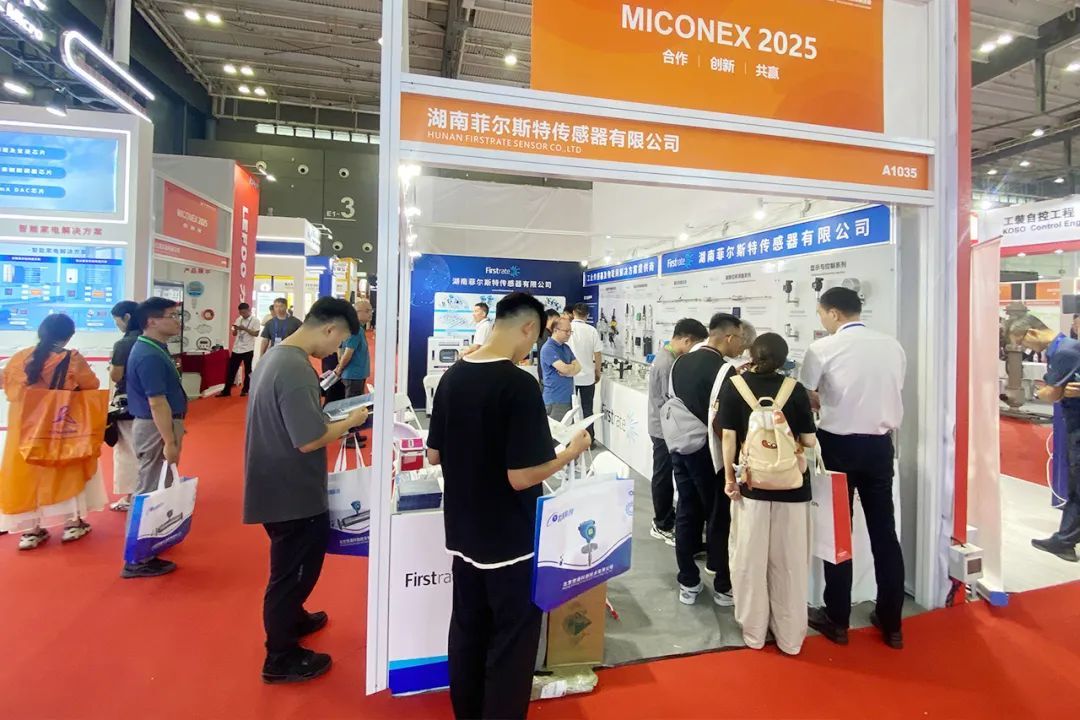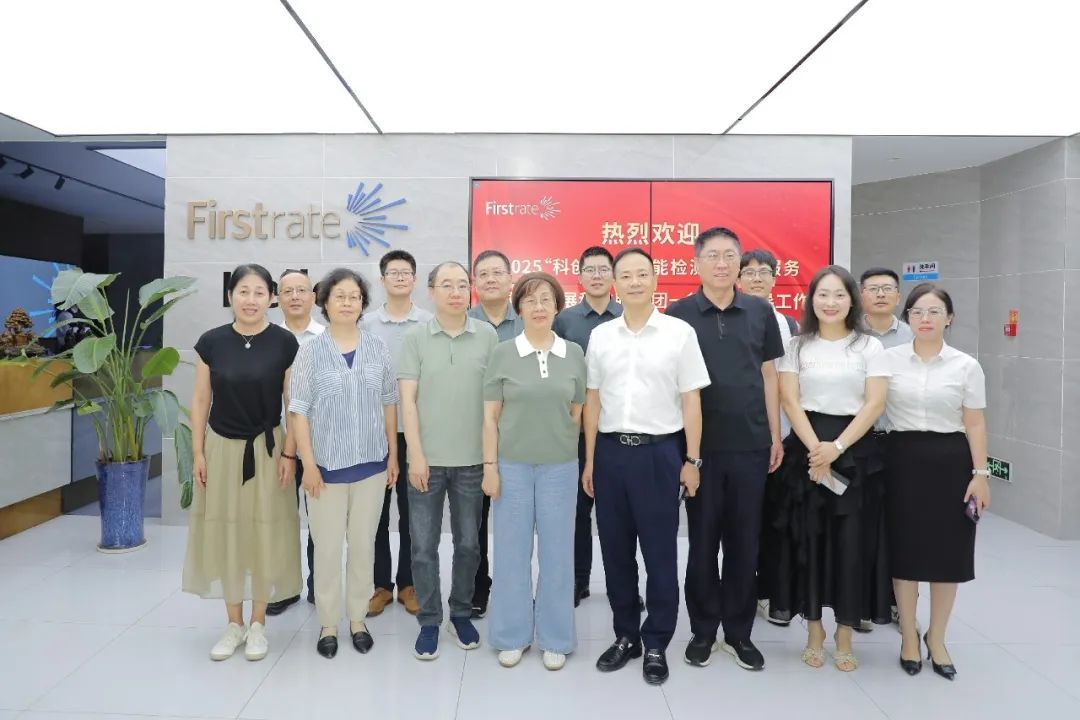3 Types of Pressure Sensors and Applications
2025-04-03
What is pressure sensor?
Th pressure sensor is the most commonly used in industrial practice, a sensor, which is widely used in a variety of industrial self-control environments, according to different types of test pressure, pressure sensors can be divided into three common types: gauge pressure sensors, differential pressure sensors and adiabatic pressure sensors, mainly used in water conservancy and hydropower, railroad transportation, intelligent buildings, production automation, aerospace, military, petrochemical, oil wells, electric power, ships, machine tools, pipelines and many other industries.
There are so many different types of pressure sensors on the market today that it may take some time to figure out their differences.Nonetheless, sensors can be categorized to a large extent according to their type of pressure measurement, the sensing principle used the output signal and the measurement medium.

3 Types of Pressure Sensors and Applications
Below we will briefly describe the different types of pressure sensors to help you understand your options.
Pressure sensors can be categorized into three main modes of measurement:There are various types of pressure sensors, but the main categories are: absolute pressure sensors, gauge pressure sensors and differential pressure sensors, each designed for a specific application.
Before you choose the right sensor, you should understand each sensor type and the scenario in which it is applied. It is vital that you choose the correct type of pressure sensor for your application. Ignoring this can lead to measurement errors and system performance failures. In the following article, we will briefly introduce the three pressure sensor types and relate some common application examples to each.
1. Gauge Pressure sensor
Measured with reference to atmospheric pressure (usually 14.7 PSI). Gauge pressure to atmospheric pressure as a reference fluid indicator pressure, can be measured by a pressure sensor, called gauge pressure, that is: absolute pressure - atmospheric pressure = gauge pressure. Gauge pressure in the vacuum industry specifically refers to: the value of the relative pressure of the gas measured with an ordinary vacuum gauge (relative pressure gauge), expressed as a negative number, refers to the difference between the pressure of the gas being measured and the atmospheric pressure. Also called negative pressure.
When higher than atmospheric pressure, you will show a "positive" pressure; when lower than atmospheric pressure, you will show a "negative" pressure.

2. Absolute pressure sensor
In short, this is the pressure measured relative to an absolute vacuum. The absolute pressure of a complete vacuum is zero PSI and increases from there. Absolute pressure is pressure relative to zero pressure.
Correspondingly, Gauge Pressure (Relative Pressure) : If the difference between Absolute Pressure and Atmospheric Pressure is a positive value, then this positive value is the Gauge Pressure . For example, we are in the environment for a standard atmospheric pressure, then the absolute pressure is 1 atm, gauge pressure is 0 Pa. That is, gauge pressure = absolute pressure - atmospheric pressure > 0. If it is less than 0, it is called vacuum. Absolute pressure PaA, gauge pressure PaG.If you need to read pressure below atmospheric pressure, you can use this type of sensor.

3. Differential pressure sensor
It's exactly what it sounds like, the difference between two pressures, the pressure being measured and the reference pressure.

Application Scenarios
There are many types of pressure sensors, but they fall into one of these three main categories: absolute pressure sensors, gauge pressure sensors, and differential pressure sensors, each designed for a specific application. Here are some typical applications for each type.
A.Absolute pressure sensors:
Weather forecasting: Absolute pressure sensors are used in weather stations and meteorological instruments to measure atmospheric pressure, which is critical for weather forecasting.
Vacuum Systems: Absolute pressure sensors are used in vacuum systems to monitor and control vacuum levels in applications such as semiconductor manufacturing and vacuum packaging.
Barometric Pressure Measurement: Consumer devices such as smartphones and smartwatches use absolute pressure sensors to provide altitude and weather information for activities such as GPS navigation and fitness tracking.
Aerospace: Absolute pressure sensors are used in airplanes and spacecraft for altitude measurement, cabin pressure control and hydraulic system monitoring.
B.Gauge Pressure Sensors:
Automotive: Gauge pressure sensors are commonly used in automotive engines to measure manifold pressure to optimize fuel injection and engine performance.
Industrial Automation: Gauge pressure sensors are used in industrial automation to monitor and control processes involving gas or liquid pressure.
Hydraulic Systems: In hydraulic machinery and equipment, gauge sensors measure fluid pressure to ensure proper operation and safety.
Pneumatic Systems: In pneumatic systems, these sensors monitor air pressure for tasks such as controlling machinery and manufacturing processes.
Tire Pressure Monitoring Systems (TPMS): Gauge pressure sensors are used in TPMS systems to monitor and maintain proper tire pressure in vehicles.

C.Differential Pressure Sensors:
HVAC Applications: Differential pressure sensors are used to measure the pressure drop across air filters to ensure efficient and timely filter changes in HVAC systems.
Flow Measurement: In flow meters and flow control systems, differential pressure sensors measure the differential pressure across an obstacle, such as an orifice plate, to calculate fluid flow rates.
Level Measurement: They are used in level sensors to measure the height of liquids in tanks and vessels by measuring the pressure difference between the liquid and a reference pressure.
Pipeline Monitoring: In oil and gas pipelines, differential pressure sensors are used to monitor the pressure difference between sections of the pipeline to detect leaks and flow changes.

You can choose the appropriate model based on the type of pressure you are measuring and the environmental conditions. Each type of pressure sensor is suitable for specific applications, accuracy requirements, pressure range to be measured, and expected applications. If there are any selection issues, If you have any doubts or questions, please contact the Firstrate team immediately, we will provide you with 24-hour service and assistance.
RECOMMEND NEWS

Contact Us
· Our company was founded in 1965 and has more than 60 years of experience in sensor R & D and production.
· Our products have obtained CE, RoHS, ISO, ATEX and other international certifications.
Please leave your contact information to get one-on-one product selection guidance and quotation services from professional engineers.








